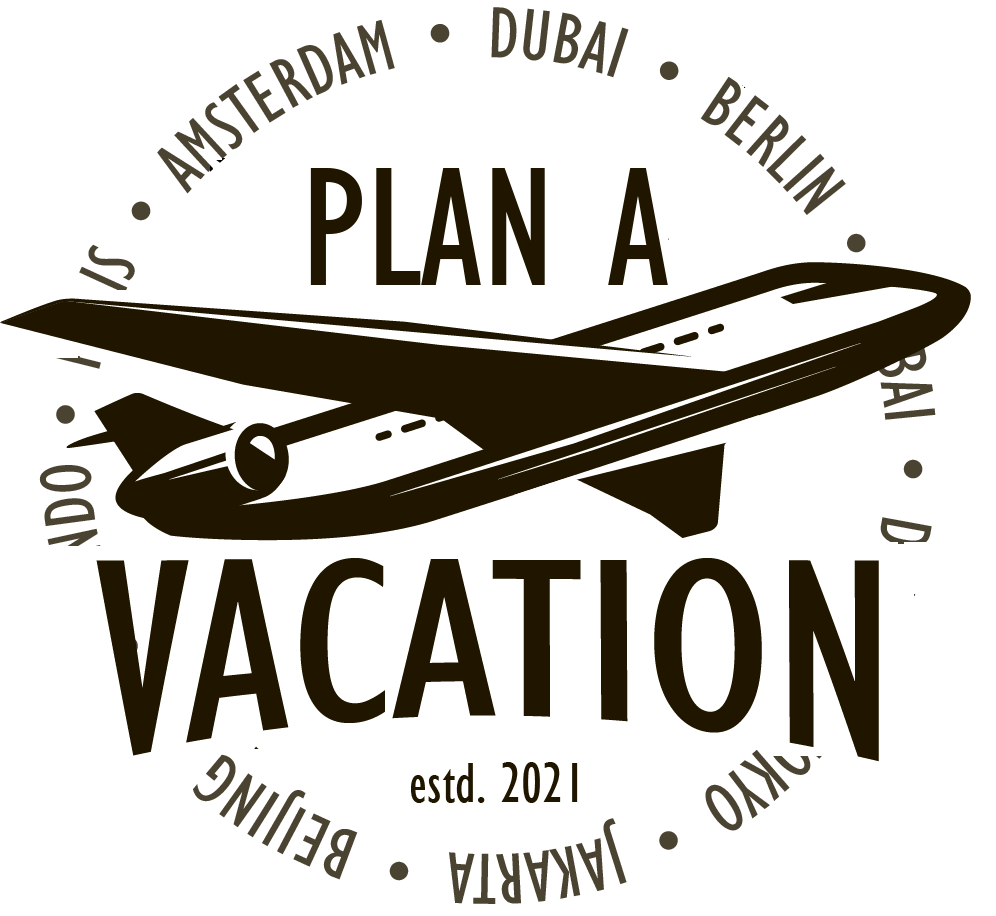Birmingham

Overview
Known through the U.K. as the second city in terms of size and importance behind the capital of London, Birmingham plays a vital role in the social, economic, and cultural life of England and the wider U.K. The city of Birmingham has remained an important part of the life of the U.K. since the Industrial Revolution when it became vital because of its position in the Midlands of England strategically located between the north and London. The nickname of Birmingham as the city of one-thousand trades reflects its role in the industrial history of the U.K.
Quick Facts About Birmingham
- Birmingham has spacious parks and walking areas. When thinking about the greenest cities in Europe, a potential visitor may find themselves thinking about green cities such as Paris. However, Birmingham has more open spaces than Paris with over 8,000 acres of land available as parks and nature reserves. The largest urban park in Europe, Sutton Park, is a nature reserve within the heart of the city that provides marshes, woodlands, cycling, and walking trails for every visitor to enjoy.
- The city's history is tied to the development of the Birmingham shopping center called Bullring. When the modern take on a shopping experience was unveiled in 1999, it was one of the most influential designs in global retail, but it revealed a history of trade on the site. Interestingly, artifacts that were uncovered during the redesign of the Bullring area date as far back as the 12th-century and can be viewed at the Birmingham Museum and Art Gallery.
- Birmingham is one of the most modern cities in the world. As an industrial and trade heartland, the Nazi Luftwaffe targeted the city during World War II with a bombing campaign known as the Birmingham Blitz. Due to the extensive damage the city received, much of the city had to be redesigned and redeveloped.
- Birmingham has a substantial number of canals. During the Industrial Revolution, the U.K. developed an extensive network of canals to carry goods and people around the nation as efficiently as possible. This left Birmingham with 35 miles of canals within the borders of the city giving it more than the canal-city of Venice.
- Birmingham is a top cultural and food destination. The multicultural nature of the city of Birmingham allows it to draw upon a range of influences, including a respected food and restaurant sector. Birmingham has become such an impressive culinary area it is only outdone by London for its Michelin-starred restaurants in the U.K.
Map
Area of Birmingham
The city is one of the largest in the U.K. with it now forming a larger area in the very center of the Midlands of England. The overall area of the city of Birmingham itself is 103.4 square miles that lie within the borders of Birmingham. In the last few decades, the development of the Midlands regions has seen the city linked to a larger area of the region that has become known as the West Midlands Built-up Area that has a size of around 232 square miles.
Things to do in Birmingham
When a visitor thinks about Birmingham, they may consider the history of the Midlands as one of the industrial heartlands of the nation. However, the last few decades have seen the culture of the region climb to great heights, including the establishment and development of classic orchestras in the region. A trip to Birmingham's Symphony Hall is a must for any visitor who can take in a concert from classic to rock and the region's long history of heavy metal.
The history of Birmingham is closely linked to the development of communication links around the U.K., including the canals and railways. A working steam engine railway is still in service from the center of Birmingham to Stratford-Upon-Avon, the home of William Shakespeare, giving the route its Shakespeare Express name.
There are many shopping experiences to enjoy around Birmingham, including the stunning architecture of the Bullring with the amazing Selfridge's Department Store. For a more sedate choice, a trip to the Jewelry sector will give the chance to purchase items and explore the history of the district.
Borders
Birmingham sits on an elevated area of land known as the Birmingham Plateau that made it an important location in the past. The city has a large number of canals in the city but does not have a major river running through its heart. Instead, several marshes and tributaries move through the area. Birmingham is closely linked to several cities and regions, including the Black Country area with Wolverhampton at its heart. Among the cities that surround Birmingham are Solihull and the city of Coventry that was heavily bombed during World War II.
Getting to Birmingham
One of the reasons for the development of Birmingham during the Industrial Revolution was its location in the heart of the U.K. In the 21st-century, almost every major city in the Union is within four hours of travel time of the second city of the nation. Four major motorways intersect in Birmingham at the notorious spaghetti junction interchange with the railway station, Birmingham New Street the busiest in the U.K. Air travel is easy to find with both Birmingham and Solihull served by large airport terminals.
